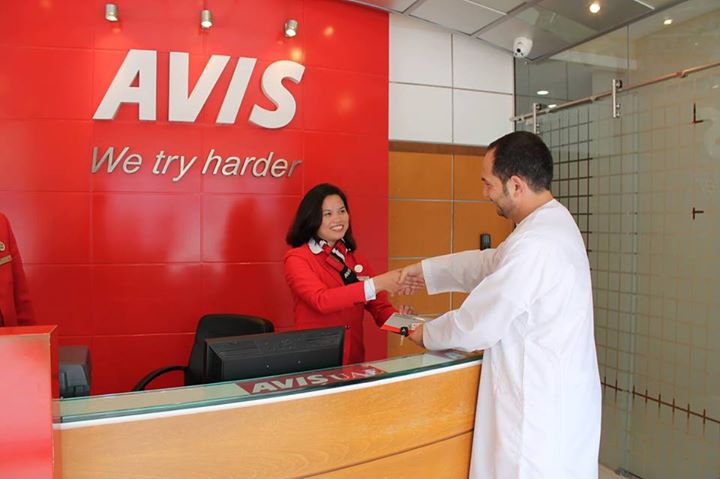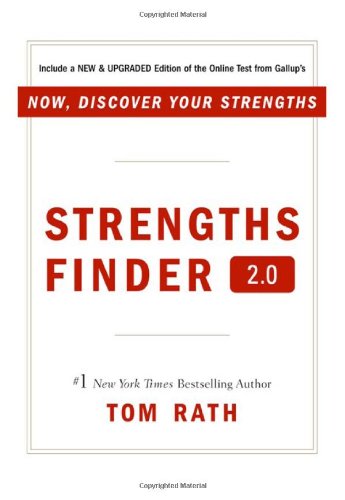First impressions are everything, especially when trying to network for a new job or to build influence within a community. Networking events and conferences are usually packed with new introductions. You have less than a minute to be labeled as either boring or someone who is interesting and worth getting to know.
Today we share a simple exercise to crafting your personal branding elevator pitch that helps you clearly position your value and stand out in the minds of the people you meet.
The Importance of Personal Positioning
Avis was the number two car company in the early 1960's. With lagging sales, the company looked to firm DDB to create a new marketing campaign. The "We Try Harder" tagline launched the campaign and Avis sales to success and a market share increase from 11% to 35% in only 4 years.
Avis increased sales by reconciling its messaging with consumers' perception of the brand.
Before the "We Ty Harder" campaign, Avis went head-to-head with Hertz on messaging relative to being the market leader. The Avis message fell flat because consumers recognized Hertz as the top choice in car rentals due to its superior sales, market spend, and market share. It was only after Avis embraced the under-dog message of "We Try Harder" did their marketing messages resonate with consumers.
The implications for your own personal brand are huge. Don't fill an elevator pitch full of what you're not. Not even a drop. The goal is to identify the core of who you are in order to choose the right words to describe yourself and what you bring to the table.
Finding the Center of Your Brand
So how do you find your own message that resonates like the Avis campaign? You're invited to try an exercise I developed utilizing the Clifton Strengthsfinder personality assessment. What's that, you say? The Strengthsfinder assessment provides you with a list of your top 5 strengths from a list of 34 total talent themes and should be at the core of any personal branding plan.
The assessment methodology is based on data from thousands of individuals. Your exact combination of strengths is rarely duplicated among the people you meet and work with, so it's a remarkable way to describe yourself in just five words.
There's great value in the simple adjectives produced by such a disciplined and rigorous approach to studying how humans act. Use these strengths to position yourself and find your own "We Try Harder" message.
Creating Your Personal Branding Elevator Pitch
After you've discovered your strengths let's use them in our elevator pitch exercise. First start with a simple introduction of who you are, where you work, and what your role is.
Example: Hi. I'm Josh Braaten, the Associate Director of Inbound Marketing at Rasmussen College.
Next, develop a thesis for your personal branding elevator pitch by combining your top five strengths into a sentence that describes what you do.
For example, my top five strengths are:
- Activator
- Maximizer
- Futuristic
- Communication
- Strategic
My elevator pitch thesis might be:
Example: I'm a strategic marketer seeking to envision and communicate the future of higher education marketing, and to initiate to campaigns that maximize return on investment.
Putting it all together then:
Example. Hi. I'm Josh Braaten, the Associate Director of Inbound Marketing at Rasmussen College. I'm a strategic marketer seeking to envision and communicate the future of higher education marketing, and to initiate campaigns that maximize return on investment.
This exercise produces a rock-solid intro that you can use when you're meeting new people or networking with industry acquaintances. It leaves a clear impression of who you are and what you're good at, and it will be no doubt reinforced by subsequent interactions because it's based on the essence of who you are. And what's better for branding than a consistent message?
What do you put into your personal branding elevator pitch? Are there specific words and phrases you employ to describe yourself? Is there something relative to your fashion or appearance that you consider and others might not? Share your tips for a fool-proof first impression in the comments.




